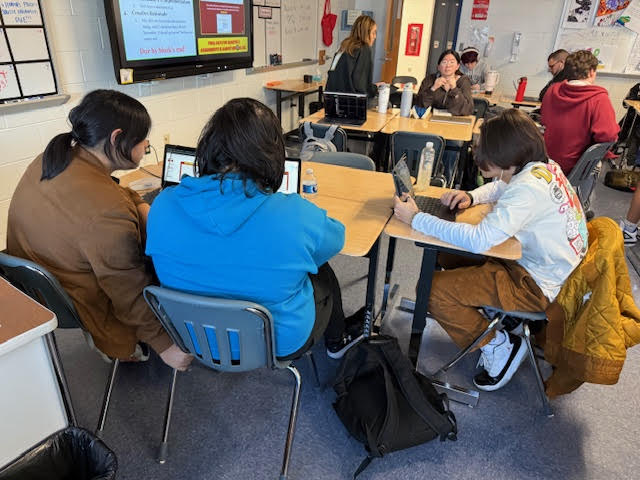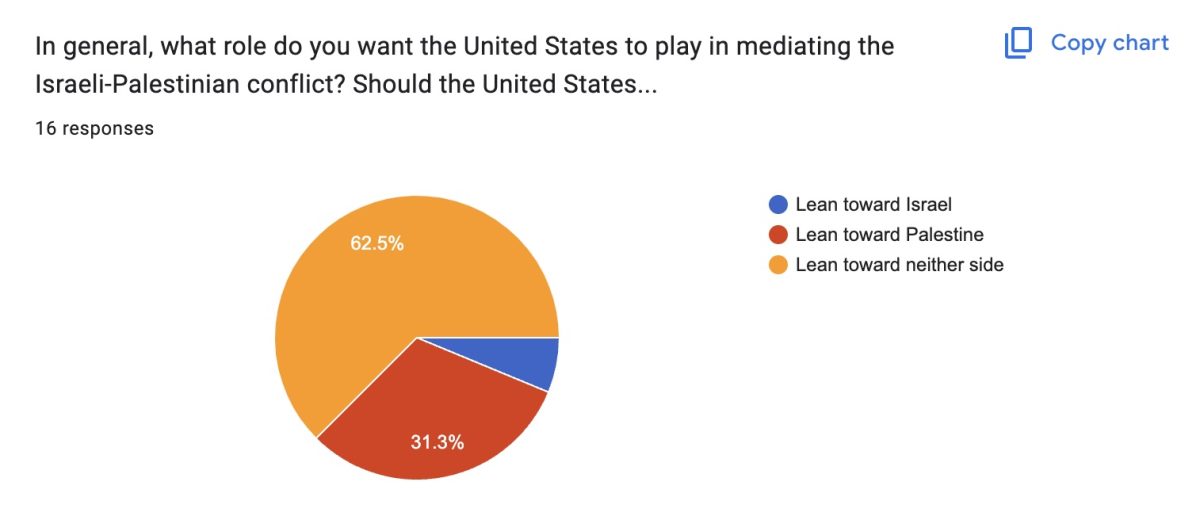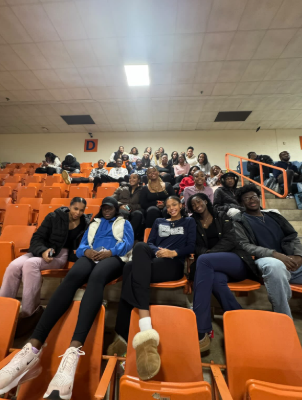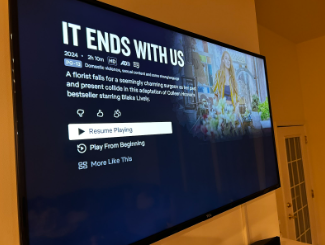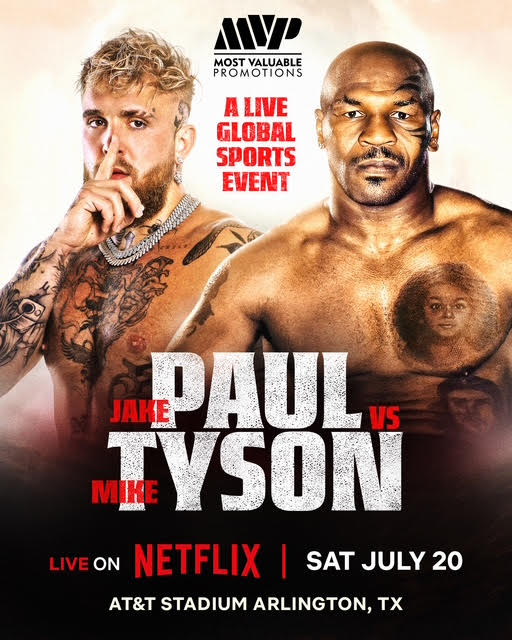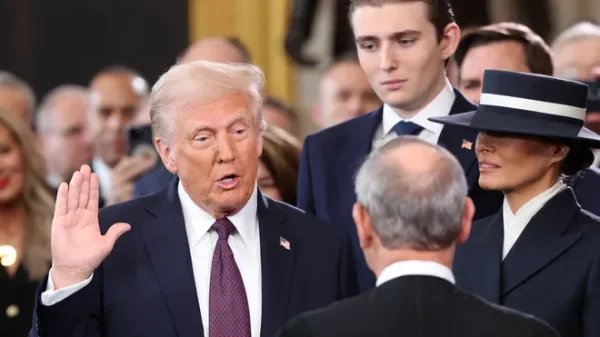
Newly elected president Donald Trump has started his second term with many different executive orders to reshape the country’s policies of immigration, trade, and civil rights.
Trump’s inauguration took place on Jan. 20th, 2025 inside the United States Capital in Washington, D.C. Normally, the inauguration takes place outside; however, it was held indoors due to security threats. Soon after, an indoor parade took place at the Capital One Arena, celebrating the new age of presidency. Within hours of taking the oath, Trump signed multiple executive orders focused upon immigration, energy production, and a reconstruction of federal agencies.
“While Trump did hold up his end by beginning to implement the policies he stated he would do during his campaign,” senior Shruthika Swaminathan said. “I believe his focus is wrongly placed and he should be focusing on policies that would better help the middle class.”
President Trump has put major focus into immigration and border security. This is a topic that is strongly backed by him and addressed throughout his campaign. One of President Trump’s first executive orders was to stop the “invasion across the southern border” which granted his administration the ability to remove undocumented migrants from the country. He authorized the deployment of the National Guard and other military personnel to help with the deportations along the borders. Additionally, President Trump also pushed for the expansion of detention facilities on military property and reinstated strict border enforcement policies. The Trump administration also has asylum parole programs. The administration has revoked the Temporary Protected Status for thousands of immigrants.
“I believe this topic is very controversial because there are pros and cons to both sides,” senior Anica Koul said. “It has 2 POVs which are the government and illegal immigrants.”

President Trump has also wasted no time on trade and economic reforms. He immediately reinstated his “America First” economic policies, which are focused on prioritizing American workers and businesses through trade protectionism, tax cuts, deregulation, and renegotiating trade deals to favor U.S. interests. He also ordered new tariffs on Chinese, Canadian, and Mexican importance while initiating a review of the USMCA (United States–Mexico–Canada Agreement) agreement. Additionally, the President Trump administration is developing an “External Revenue Service” to centralize tariff collection. This is aimed at increasing government revenue through trade. Additionally, President Trump signed bills to reassess corporate tax rates, energy deregulation, and a rollback of global trade commitments. All these decisions were made under the motive to prioritize the American industry.
“I’m interested in the reforms for our economy that Trump has instituted,” Swminathan said, “and I hope to see more that would benefit us.”
Furthermore, President Trump has also signed executive orders for rollbacks on civil rights and the government structure. President Trump’s executive actions early on into the program got rid of federal diversity, equity, and inclusion (DEI) programs. This means that DEI offices across government agencies are removed. President Trump also revoked workplace protections for LGBTQ individuals. His orders further mandated that all federal documents recognize only two genders (male and female). He also repealed policies promoting racial equality in hiring and education. In addition to this, President Trump also reinstated a policy making it easier to fire federal employees who are not keeping up with the job requirements.
“I actually do not like this order that got rid of the DEI programs as diversity could create better workplaces,” Swaminathan said. “It can circulate ideas that could be efficient and useful within workplaces.”
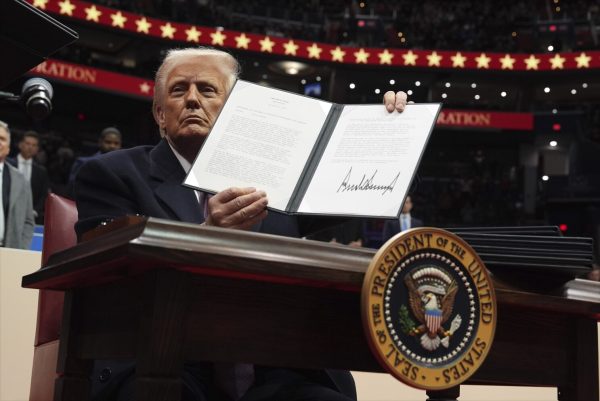
As President Trump takes a start, there is still so much more time for him to add more policies and make new decisions. His policies are already reshaping the country and paving a way towards a new age for America.
“I believe he is trying to reform the United States in his own way by all these executive orders,” Koul said. “Even if it comes off the wrong way to citizens, he has a thought behind it.”
